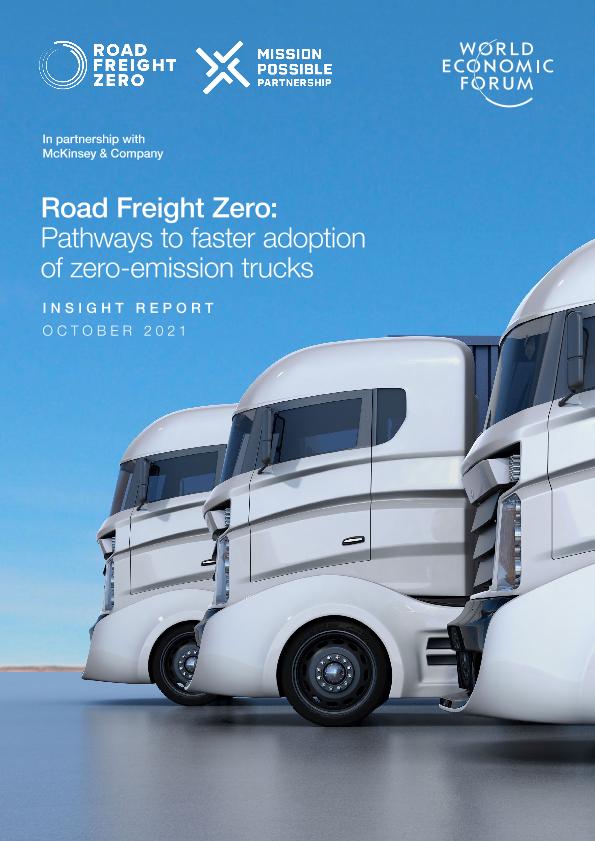Road Freight Zero : pathways to faster adoption of zero-emission trucks

Contenido multimedia no disponible por derechos de autor o por acceso restringido. Contacte con la institución para más información.
| Tag | 1 | 2 | Value |
|---|---|---|---|
| LDR | 00000cam a22000004b 4500 | ||
| 001 | MAP20220001854 | ||
| 003 | MAP | ||
| 005 | 20220121140322.0 | ||
| 008 | 220121s2022 esp|||| ||| ||spa d | ||
| 040 | $aMAP$bspa$dMAP | ||
| 084 | $a893 | ||
| 245 | 1 | 0 | $aRoad Freight Zero$b: pathways to faster adoption of zero-emission trucks |
| 260 | $aGeneva$bWorld Economic Forum$c2022 | ||
| 300 | $a36 p. | ||
| 520 | $aCurrently, energy infrastructure availability and financing gaps are key barriers to faster zero-emission truck adoption. For the industry to achieve the 1.5°C target, two-thirds of total trucks sold need to be zero-emission. But at its current pace, the industry would need another 120'000 zero-emission trucks on the road annually by 2030 to reach this target. Road Freight Zero: Pathways to faster adoption of zero-emission trucks identifies three groups of solutions can act as accelerators for faster adoption. These include new policy frameworks, innovative financing and service models and coordinated roll-out of trucks and infrastructure | ||
| 650 | 4 | $0MAPA20100011164$aVehículos eléctricos | |
| 650 | 4 | $0MAPA20080546397$aCamiones | |
| 650 | 4 | $0MAPA20080617219$aIndustria automovilística | |
| 650 | 4 | $0MAPA20080569556$aMedio ambiente | |
| 650 | 4 | $0MAPA20080565176$aContaminación | |
| 650 | 4 | $0MAPA20080610425$aEmisiones contaminantes | |
| 710 | 2 | $0MAPA20080444150$aWorld Economic Forum |

